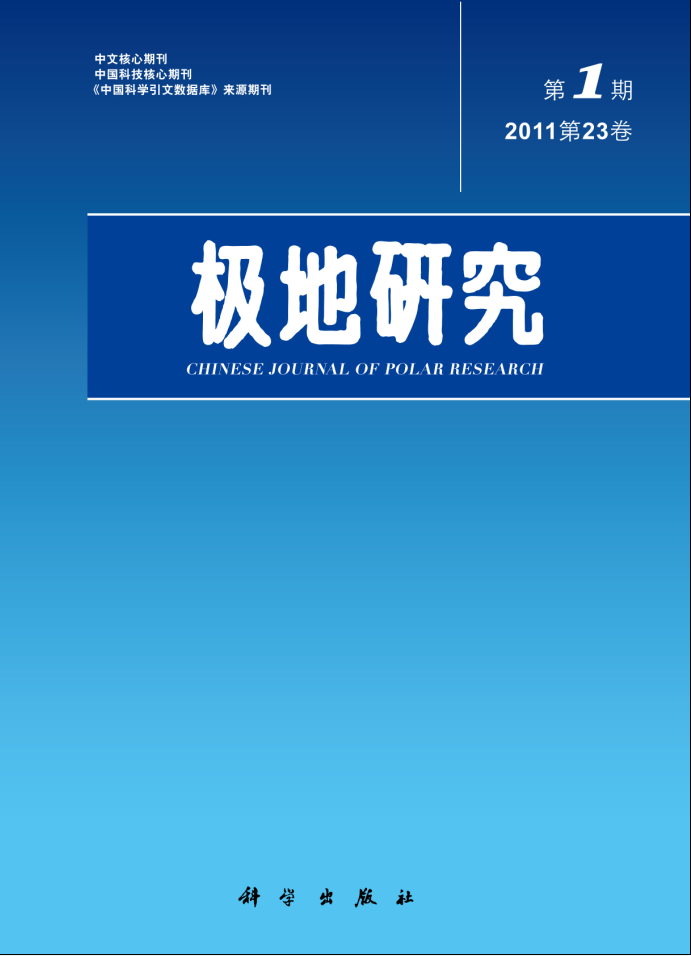Making use of surface water observations and Prydz Bay fixedpoint observation, the particulate organic carbon (POC) distribution and influencing factors were investigated during the austral summer of 2007/2008 and 2008/2009 (CHINARE 24 and CHINARE25). As it turns out, the distribution of surface particulate organic carbon in the southern ocean water showed significant regional characteristics, the content of surface water POC trended strongly related distribution with nutrient and chlorophyll a. The POC concentrations in surface water of Antarctic water and sub-Antarctic water were higher than ubtropical and tropical water. During 2007/2008, the POC average concentrations of subtropical & tropical water, sub-Antarctic water and the Antarctic water were 116.59,105.85 and 78.03 μg·dm-3, is a bit higher than 9.36, 59.39 and 71.54 μg·dm-3 in 2008/2009. The annual seasonal variation of POC in Southern Ocean surface was influenced by many factors. The range of the concentration of POC respectively were 12.78—363.73 μg·dm-3 and 24.38—446.40 μg·dm-3 in Prydz Bay and its adjacent areas, in 2007/2008 and 2008/2009. The surface POC concentration decreased offshore. A high positive correlation between POC and chlorophyll a was found in the shelf and slope area, also outside the Prydz Bay. The correlation coefficients in these waters were 0.8248, 0.8049 and 0.6989, respectively, revealing that POC mainly comprised pelagic organisms. The vertical distribution of POC was influenced by light intensity, nutrients and currents, and the physical and biological coupling effect. In Prydz Bay, the maximum of vertical dis
tribution of POC was found at surface, while the maximum was at subsurface water outside the bay.

